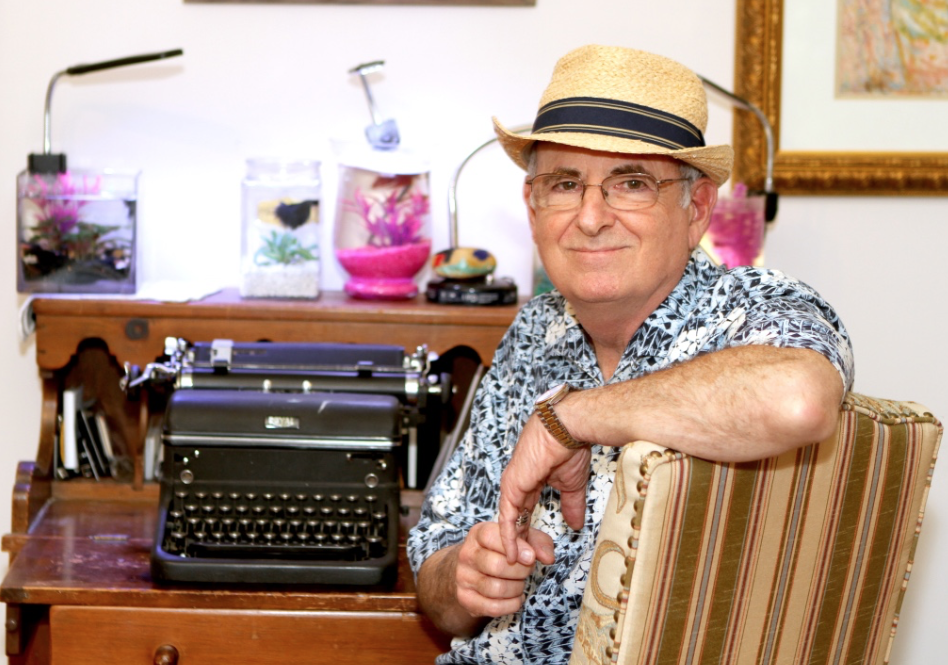The bass sounds of doo-wop

I’ve already revealed myself as a non-expert lover of early rock and roll who has no qualms about foisting his impressions off on you. Here I go again. At the height of the roll n roll of the late fifties and early to mid-sixties there were three components that I loved. One was the beat. Even today, I ignore the arthritic pain in my fingers joints as I listen to my music and uncontrollably tap with the beat on the steering wheel. I don’t do it; it just happens. My fingers take on a life of their own.
Then there is that soaring falsetto. It just took you places. The higher the notes went, the higher one’s spirits went. When the singers went up the scale, they took my soul with them.
Finally, there’s the bass. I don’t mean the guitar, I mean the voice. To set the idea in your mind, think Tennessee Ernie Ford in 16 Tons or The Oak Ridge Boys’ Richard Sterban in Elvira. Want a more classical representation? Try Paul Robeson singing Ole Man River. Now, can we leave out Geoffrey Holder just talking or James Earl Jones voice on the CNN commercials? Nope. None represent classic rock and roll or in the latter two examples any music at all. But they represent what a bass voice sounds like. If we want to get academic about it, “the bass singing voice has a vocal range that lies around the second E below middle C to the E above it. It is also denoted by its timbre. It is darker than that of a baritone. The bass is the rarest of male voices.” I don’t much care, but I thought for you music aficionados I’d throw that in. (Thanks Wiki!).

Brooklyn Boro
View MoreNew York City’s most populous borough, Brooklyn, is home to nearly 2.6 million residents. If Brooklyn were an independent city it would be the fourth largest city in the United States. While Brooklyn has become the epitome of ‘cool and hip’ in recent years, for those that were born here, raised families here and improved communities over the years, Brooklyn has never been ‘uncool’.